Anybody want a Canon EF 1200mm?
 Saturday, December 29, 2007 at 03:48PM
Saturday, December 29, 2007 at 03:48PM 
I am an avid adventurer, conservationist, teacher, and outdoor photographer whose photography celebrates the African landscape and its rich wildlife, people, and culture. My photographic safaris allow my travelers to not only enhance their understanding of photography, lighting, and wildlife, but to develop a life-long admiration for Africa ‘s beauty and culture.
Banana Republic recently used my photographs as the cornerstone of their Urban Safari campaign, and my images were seen in all 750 stores around the globe, as well as in their billboards, catalogs and annual report. I was also the winner of the BBC Wildlife Photographer of the Year in the ‘Wild Places’ category in 2008 and a highly commended in the ‘Creative Visions of Nature’ category in 2007.
I launched Gura Gear in 2008, in an attempt to deliver lightweight camera bags to the market. I was looking for a lightweight camera bag to hold all of my photographic gear, and there was nothing desirable on the market that suited my needs. After spending 2 years with many prototypes, the Gura Gear Kiboko bag was born. More products are now available on the Gura Gear web site.
 Saturday, December 29, 2007 at 03:48PM
Saturday, December 29, 2007 at 03:48PM 
 Saturday, December 29, 2007 at 09:12AM
Saturday, December 29, 2007 at 09:12AM 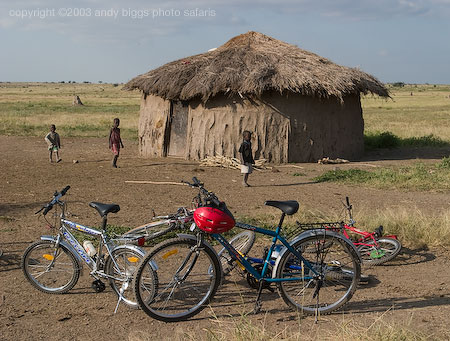
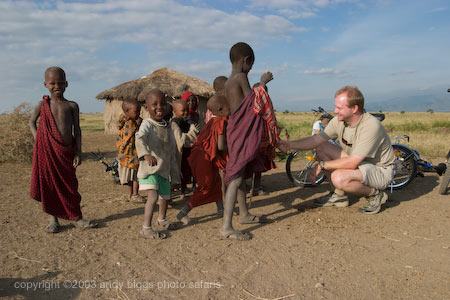
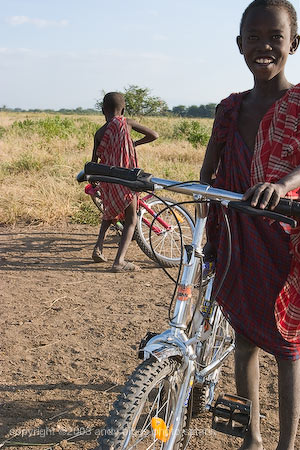
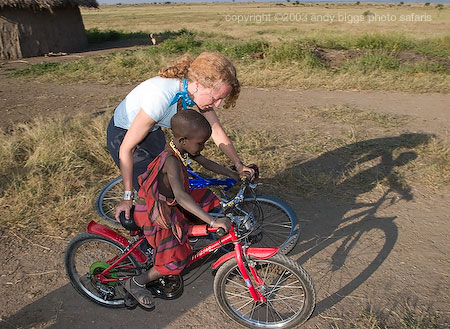
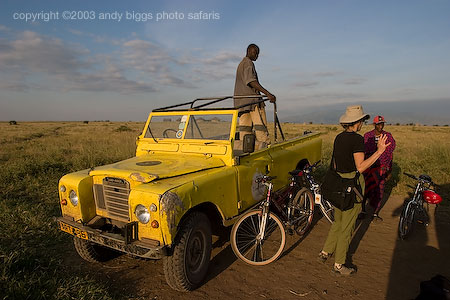
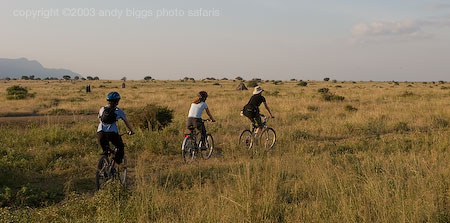
 Saturday, December 29, 2007 at 06:34AM
Saturday, December 29, 2007 at 06:34AM You know, sometimes you just have to chuckle at what shows up da internets. I get a fair amount of emails with links to some funny web sites, and although most are not photography related there are a few that can be classified as relating to photography.
So here is some good 'photography' for some belly laughs.
 Friday, December 28, 2007 at 10:38AM
Friday, December 28, 2007 at 10:38AM You have to be kidding me. Looks like our wonderful DOT wants us to hand carry our 'extra batteries' in our carry on luggage, and not in our checked baggage. Uh yeah. Like that is going to happen, since I have to fly overseas often and have limited carryon allowances. Starting January 1st, 2008, you can no longer pack loose lithium batteries into your checked luggage on flights. If your battery is attached to a device you are okay.
Read on for your enjoyment.
The new TSA policy on extra lithium batteries
[update Jan 1, 2008]Safe Travel with Batteries and Devices
"Effective January 1, 2008, the Department of Transportation (DOT) through the Pipeline and Hazardous Materials Safety Administration (PHMSA) will no longer allow loose lithium batteries in checked baggage. These batteries may continue to be packed in carry-on baggage.
Under the new DOT rule, lithium batteries are allowed in checked baggage under one of the following conditions:
 Friday, December 28, 2007 at 10:12AM
Friday, December 28, 2007 at 10:12AM 
Lion cubs, Serengeti National Park, Tanzania, January 2004
Canon 10D, 300mm f/2.8 L IS + 1.4x, 1/250 @ f/4.5, ISO 400

Canon 20D, 100-400mm, 1/25 @ f/22, ISO 100

Canon 1DMkII, 100-400mm, 1/1000 @ f/7.1, ISO 250
 Tuesday, December 25, 2007 at 05:56AM
Tuesday, December 25, 2007 at 05:56AM I want to wish everyone a Merry Christmas today. I hope that today you are sharing laughter, smiles and great photographic opportunities with family or friends. Have a wonderful and safe holiday.
 Monday, December 24, 2007 at 05:26AM
Monday, December 24, 2007 at 05:26AM 
A view of the migration, Serengeti N.P. June 2007
 Sunday, December 23, 2007 at 10:34AM
Sunday, December 23, 2007 at 10:34AM Here are some random grab shots from my October 2007 Tanzania safari.

Trevor at a Maasai manyatta in Loliondo


Andrea and Mike


Phanuel spotting game for us
